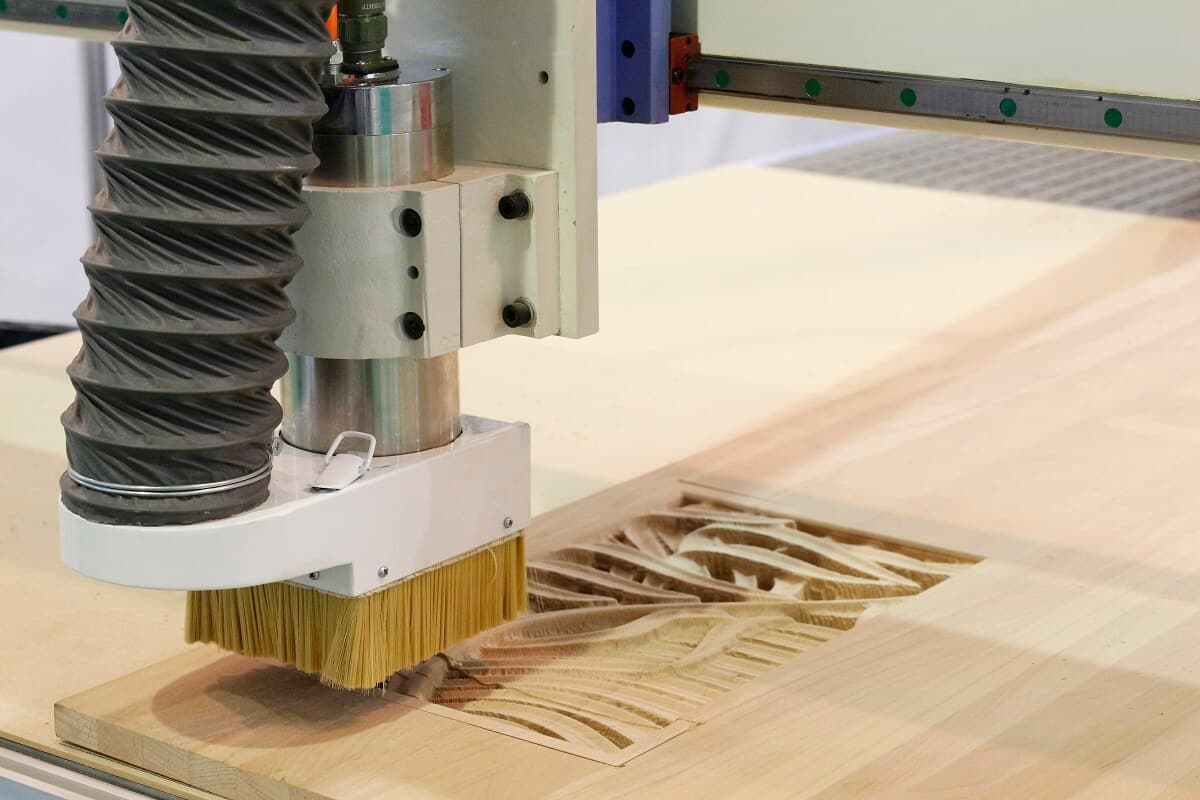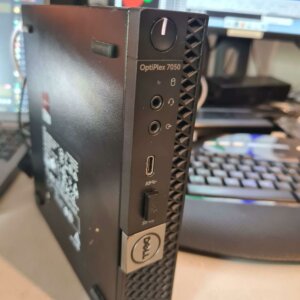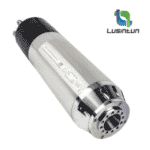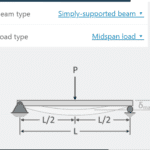Don't worry, We do not spam! By clicking to subscribe, you agree to our privacy policy.
Best 3 types of end mill cutter for woodwork on a hobby CNC router

Which 3 times of end mill cutter work best for woodwork on a hobby cnc router? Read it here.
Introduction
If you’re just starting out with woodworking on a hobby CNC machine, then you’re going to need to find the right milling cutter for the job. In this article, we’ll introduce you to the different types of milling cutters available and help you choose the best one for your needs.
What is the best end mill cutter for woodwork?
There are a few factors to consider when choosing the best milling cutter for woodworking on a hobby CNC. The first is the type of wood you’ll be milling. Softer woods like pine or poplar will require a less aggressive cutter, while harder woods like oak or maple will need a more powerful cutter. The second factor is the depth of cut you’ll be making. Deeper cuts will require a stronger cutter, while shallower cuts can be made with a weaker cutter. The third factor is the speed of the CNC. Faster speeds will require a stronger cutter, while slower speeds can be used with a weaker cutter.
Once you’ve considered all of these factors, you can choose the best milling cutter for your project.
The different types of end mill cutters
There are a few different types of milling cutters that you can use for woodworking on a hobby CNC. The most common type is the end mill, which is used for making cuts along the outside edge of a piece of wood. Another type of milling cutter is the ball nose cutter, which is used for making cuts along the inside edge of a piece of wood.
End mills are available in a variety of sizes and shapes, so you can choose the one that best suits your needs. Ball nose cutters are also available in a variety of sizes and shapes, but they are typically smaller than end mills.
When choosing a milling cutter, it is important to select one that is made from high-quality materials. The cutter should also be sharpened regularly to ensure that it remains sharp and effective.
Type 1 – Up cut end mill
Up cut spirals work similarly to a HSS twist drill. Under right hand rotation, the spiral pulls upwards — bringing the swarf up and out of the workpiece. This can be a huge advantage for mortising as it can remove swarf from a narrow, deep mortice.
Importantly, it also exerts an upward force on the workpiece. An up cut spiral might not work as well for edge finish on the top surface because the upward cutting action can lift the timber edge and result in splintering but it will reduce splintering on the bottom edge. Set your cutter height so the bit protrudes through the bottom of the timber and you will have an up cut spiral action pulling up into the bottom edge. This will produce a chip free, clean finish on the bottom edge.
A potential disadvantage of up cuts is that when cutting thin, light materials such as Acrylic sheets the up cut may lift the workpiece and distort the cut or cause vibration.
Type 2 – Down cut end mill
The opposite is true of down cut spirals.
While they still operate in a right hand rotation, the spiral runs downward applying a down shear pressure to the workpiece’s top edge. This will stabilise the cutting process on the top edge but might leave the bottom edge prone to breakout. Down cut spirals are not generally recommended for mortising as the swarf will be directed down into the bottom of the slot making it difficult to clear sawdust from the cutting operation. Finishing passes with a down cut can be effective in this case as less swarf is generated when performing finishing passes and top edge tear out is eliminated by the downward force applied.
The downward cutting action will tend to push thin, light materials down against the bench reducing vibration during machining.
The benefits and disadvantages of up cut/down cut spirals are reversed if your machine is bench mounted or set up in a router table in an inverted position.
Type 3 – Up and Down end mill AKA compression end mill bit
A compression end mill is the combination of both upcut and downcut spiral end mills. Typically, a compression spiral end mill has an upcut single, double or triple flute at the tip of the end mill, approximately one third of the cutting length. The remaining two thirds is ground to give a downcutting shear.
By combining both geometries, you achieve a win/win situation. The bottom of the material is pulled upwards while the top of the material is pushed downwards thus eliminating the risk of damaging the laminated surfaces. When run at full depth, the bit leaves a sharp, clean edge on both sides of your workpiece.
A compression bit can be a little more expensive than standard router bits, however here at cnc router info we recommend them as an essential tool when processing double laminate wood materials. A great source for these is Dreanique Aliexpress store.
How to choose the right milling cutter for your project
Milling cutters are an essential part of any CNC woodworking project. Choosing the right milling cutter can be the difference between a successful project and a failed one. Here are some things to keep in mind when choosing a milling cutter for your next woodworking project:
-The first thing to consider is the type of material you will be cutting. Milling cutters are designed for different materials, so it is important to choose one that is designed for the material you will be using.
-The second thing to consider is the size of the project. Milling cutters come in different sizes, so it is important to choose one that is appropriate for the size of your project.
-The third thing to consider is the type of finish you want. Milling cutters can produce different types of finishes, so it is important to choose one that will produce the type of finish you want.
-The fourth thing to consider is the speed at which you want to cut. Milling cutters can vary in speed, so it is important to choose one that will allow you to cut at the speed you need.
-The fifth thing to consider is the price.
Make sure you don’t miss any posts. Get an weekly update of new posts. Subscribe now
Tips for using a milling cutter
When it comes to woodworking on a hobby CNC, one of the most important tools you’ll need is a milling cutter. With the right cutter, you can create beautiful and intricate designs in wood.
Here are some tips for choosing and using a milling cutter:
1. Choose the right cutter for the job. There are many different types of milling cutters available, so it’s important to choose one that is well suited for the task at hand. For example, if you’re doing detailed work, you’ll need a small cutter with a fine tip. For larger projects, you can use a bigger cutter with a wider body.
2. Consider the type of wood you’re working with. Different woods require different types of cutters. Softer woods like pine or Basswood will require sharper cutters, while harder woods like oak or maple will require duller cutters.
3. Be sure to keep your cutter sharp. A dull cutter will not only make your job more difficult, but it can also damage the wood you’re working with. If your cutter starts to get dull, simply sharpen it with a honing stone
Where to buy milling cutters / endmills ?
I have had great success on my PrintNc build with using Dreanique official store on Aliexpress for my end mills.
Specifically their up & down cut 2 flutes carbide end mills:

Dreanique aliexpress store – 2 flute carbide up & down cut endmill
Conclusion
We hope you enjoyed our article on the best milling cutter for woodwork on a hobby CNC. If you have any questions or comments, please feel free to leave them in the section below. We would love to hear from you and help you with your woodworking needs.







